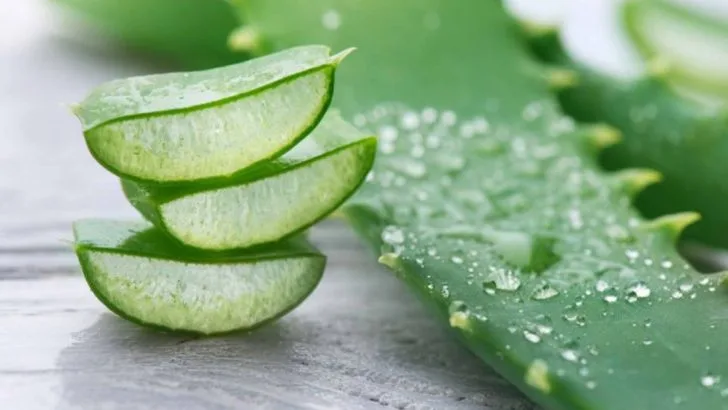Imagine having a natural pharmacy right in your backyard, filled with ancient healing plants that have been used for centuries to treat a wide variety of ailments. These 10 plants, steeped in history and tradition, are not only beautiful additions to your garden but also offer powerful medicinal benefits.
From soothing teas that ease digestion to herbs known for their anti-inflammatory properties, these plants have stood the test of time for their healing abilities. Growing them in your own space allows you to harness the power of nature, offering an accessible way to support your health naturally.
Whether you’re looking to relieve stress, improve your skin, or boost your immunity, these plants have something to offer.
Aloe Vera
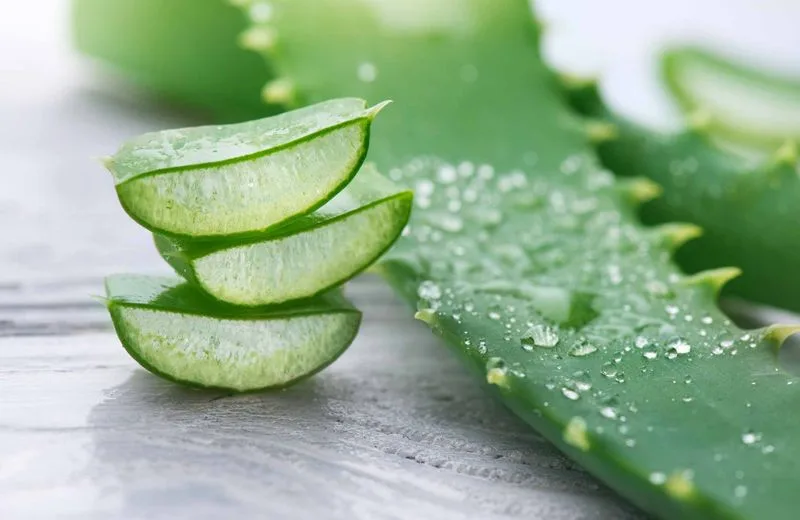
Renowned for its soothing properties, Aloe Vera is a staple in herbal medicine. The gel inside its leaves provides relief from burns and skin irritations. Easy to grow, this succulent requires minimal attention. Simply place it in a sunny spot and water sparingly. Beyond its cooling gel, Aloe Vera can be a lovely decorative element in your garden. Its sharp, architectural leaves add a unique touch to any space. Perfect for those new to gardening, Aloe Vera thrives with little effort and offers plentiful benefits.
Lavender

Known for its calming effects, lavender is a versatile plant. Its fragrant flowers are used in essential oils to promote relaxation and improve sleep. Plant it in a sunny area with well-drained soil, and watch it flourish. The gentle sway of lavender in the breeze can transform your garden into a tranquil oasis. Its vibrant purple blooms attract pollinators, enhancing your garden’s ecosystem. Whether used for aromatherapy or as a culinary herb, lavender’s benefits are abundant. Its presence in your backyard offers serenity and beauty.
Chamomile
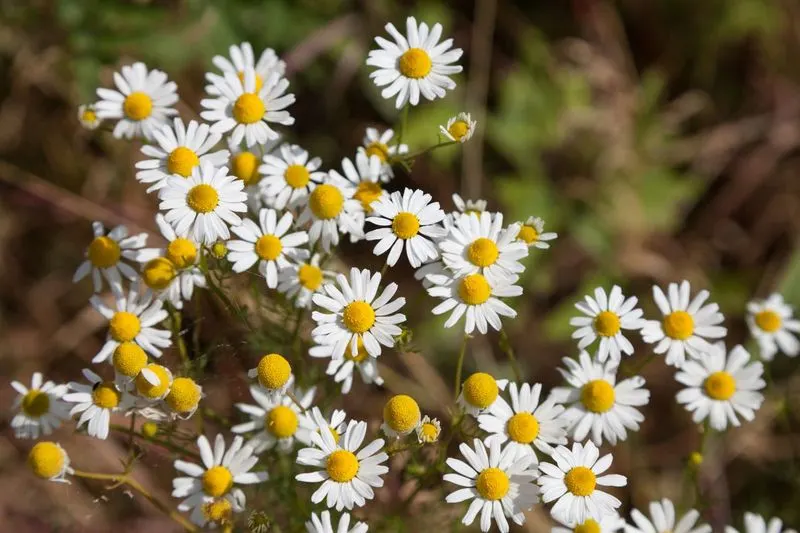
Chamomile is celebrated for its mild sedative effects and digestive benefits. Often brewed as a tea, the flowers are known for reducing anxiety and promoting restful sleep. Simple to cultivate, chamomile prefers a sunny spot with good drainage. Its delicate white petals and yellow centers bring charm to any garden. As the flowers bloom, their sweet fragrance fills the air. Ideal for evening relaxation, a cup of chamomile tea made from homegrown flowers is a delightful way to unwind.
Peppermint
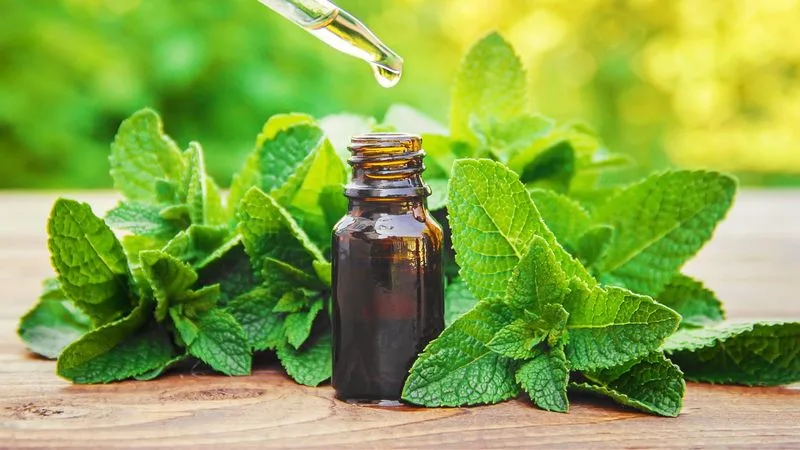
Peppermint offers a refreshing burst of flavor and numerous health benefits. Its leaves are rich in essential oils that aid digestion and relieve headaches. Thriving in partial shade, peppermint is a hardy plant that spreads quickly. Managing its growth is key to keeping it contained. The invigorating scent of peppermint adds a refreshing touch to your garden. Whether used in teas, desserts, or as a garnish, this plant’s versatility is unmatched. Enjoy its cooling properties in both culinary and medicinal contexts.
Echinacea
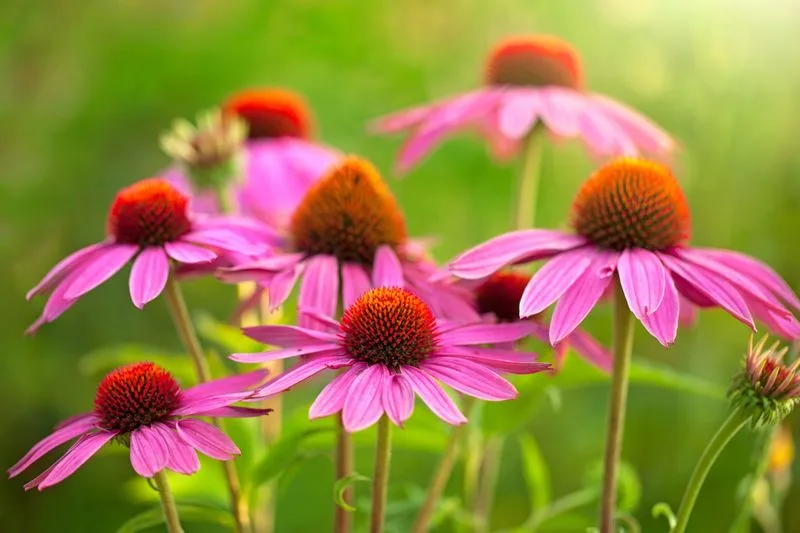
Echinacea is revered for boosting the immune system and warding off colds and flu. Its striking flowers are not only beautiful but also attract butterflies and bees. This hardy perennial thrives in sunny locations and well-drained soil. Echinacea’s vibrant blooms make it a standout in any garden. Utilizing its roots and flowers in teas or tinctures offers natural immune support. Its presence in your backyard ensures both aesthetic appeal and health benefits.
Calendula
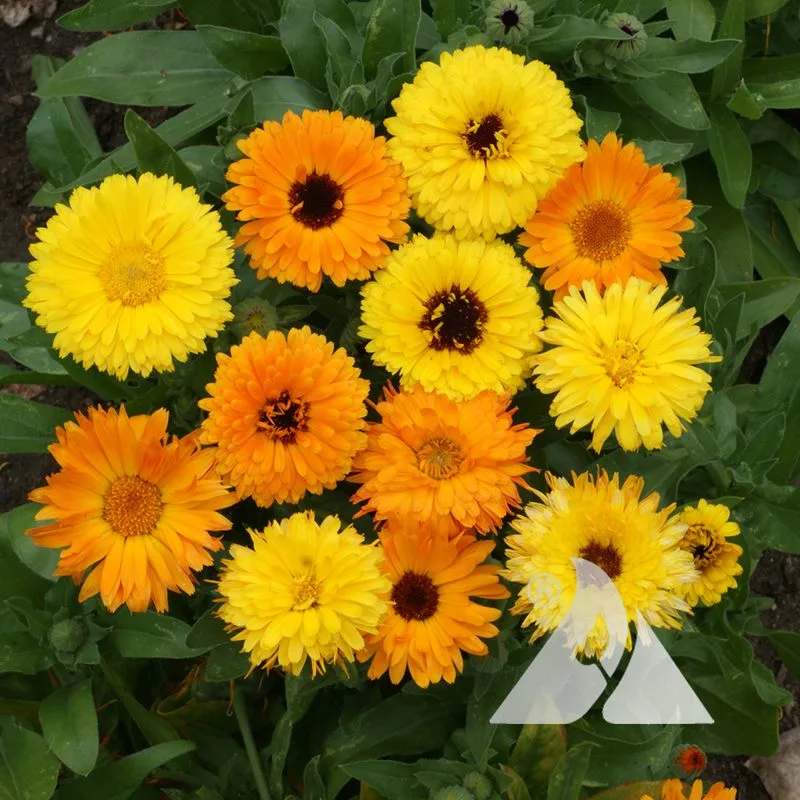
Calendula, often referred to as pot marigold, has anti-inflammatory properties that benefit the skin. The bright orange petals are used in creams and balms to soothe irritations. Easy to cultivate, calendula prefers full sun and regular watering. Its cheerful blooms bring a splash of color to your garden. Beyond their beauty, calendula flowers can be infused into oils or used in teas. This plant’s skin-healing abilities make it a valuable addition to any herbal garden.
Sage
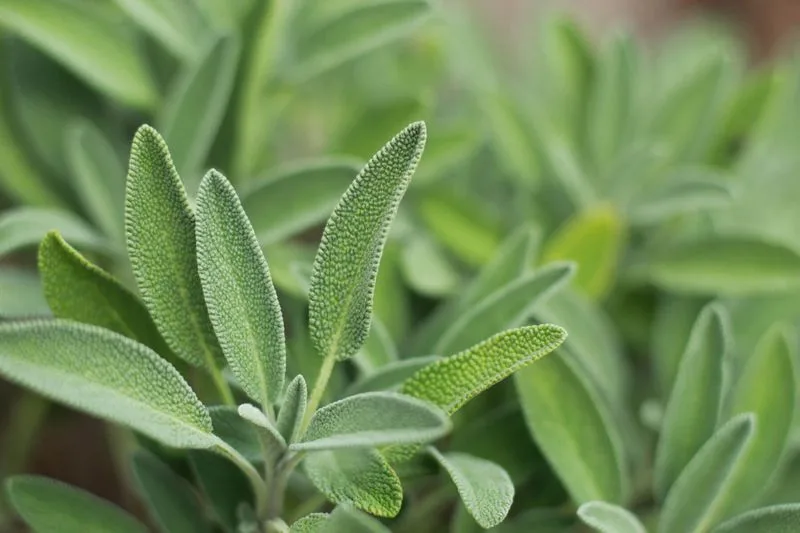
Sage is a culinary and medicinal herb known for its antioxidant properties. Its leaves add depth to dishes and are used in teas to soothe sore throats. Growing sage requires well-drained soil and plenty of sunlight. Its soft, velvety leaves are a tactile delight. As it grows, sage’s subtle aroma enhances your garden’s sensory experience. Incorporating sage into your cooking offers both flavor and health benefits, making it a versatile herb to cultivate.
Rosemary
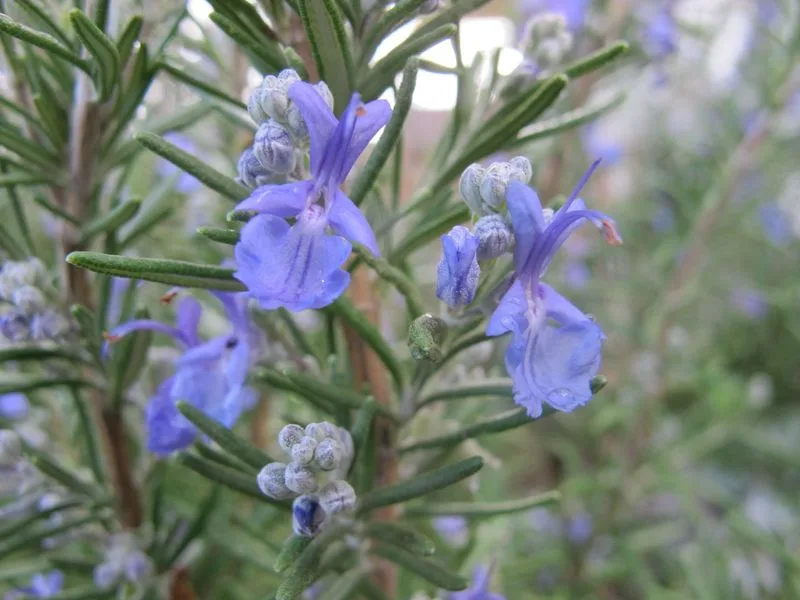
Rosemary is cherished for its culinary uses and medicinal properties. Its aromatic leaves enhance dishes and are believed to improve memory and circulation. Preferring full sun and well-drained soil, rosemary is relatively easy to grow. Its evergreen nature provides year-round greenery. Rosemary’s presence in your garden invites both flavor and fragrance. Whether used fresh or dried, its robust essence is a culinary delight. Additionally, rosemary’s health benefits make it a dual-purpose plant.
Thyme
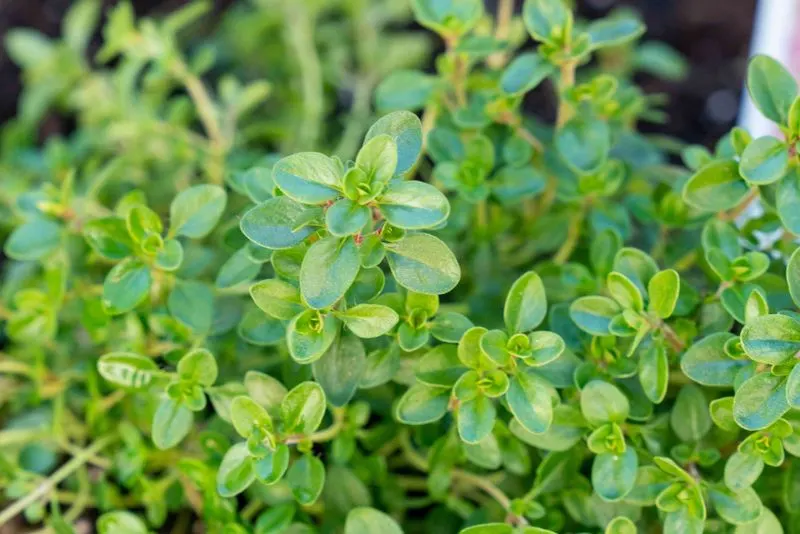
Thyme is a staple herb with antiseptic and antibacterial properties. Its tiny leaves pack a punch in flavor and are used in cooking and teas. Thriving in sunny, dry conditions, thyme is a resilient plant. Its creeping growth habit makes it suitable for borders and paths. Thyme’s earthy aroma enhances your outdoor space. Beyond culinary uses, thyme offers natural remedies for coughs and sore throats. Its presence in your garden contributes both beauty and utility.
Lemon Balm
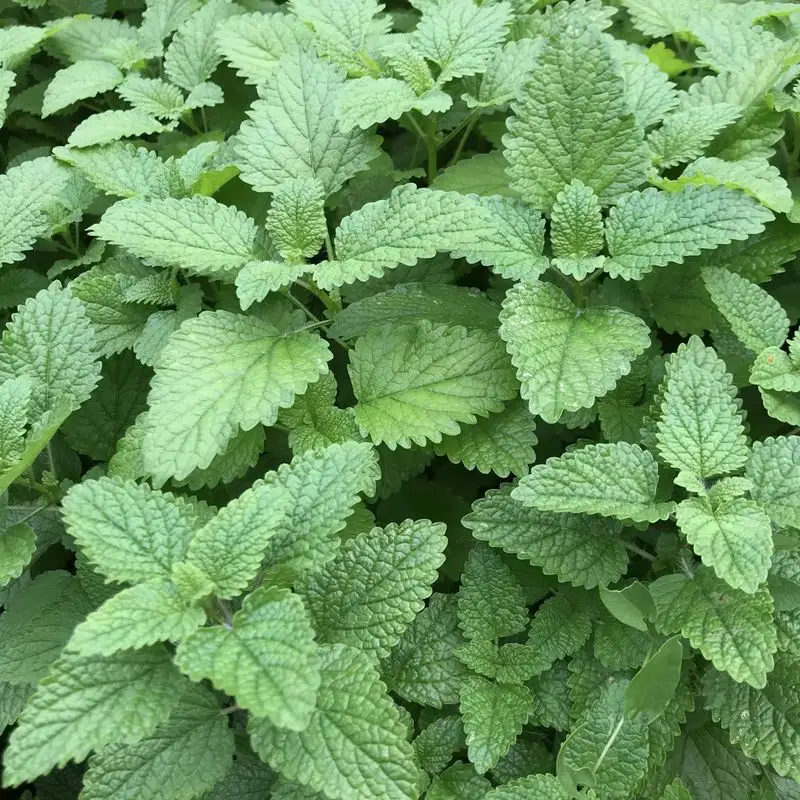
Lemon balm exudes a gentle lemony scent and is known for its calming properties. It’s often used in teas to reduce stress and improve mood. Growing best in partial shade, lemon balm is a hardy perennial that spreads easily. Its heart-shaped leaves add a touch of elegance to your garden. Savor its fresh flavor in iced teas or salads. Lemon balm’s soothing effects make it an excellent plant for stress relief and relaxation. Its vibrant greenery offers both visual and aromatic appeal.

